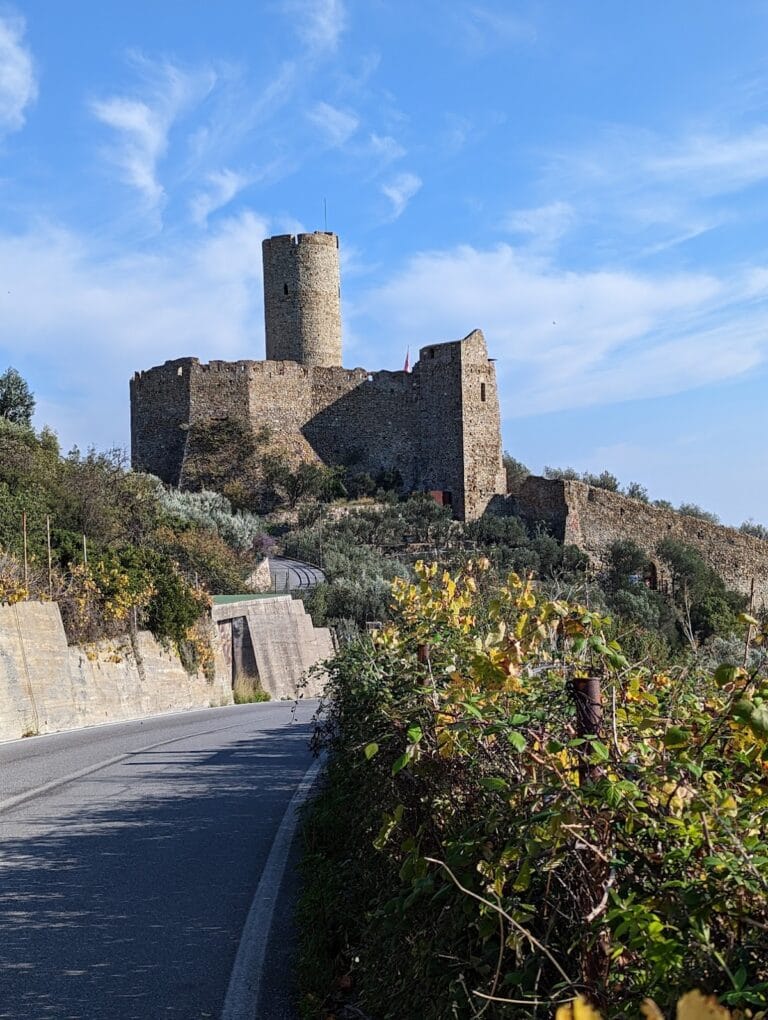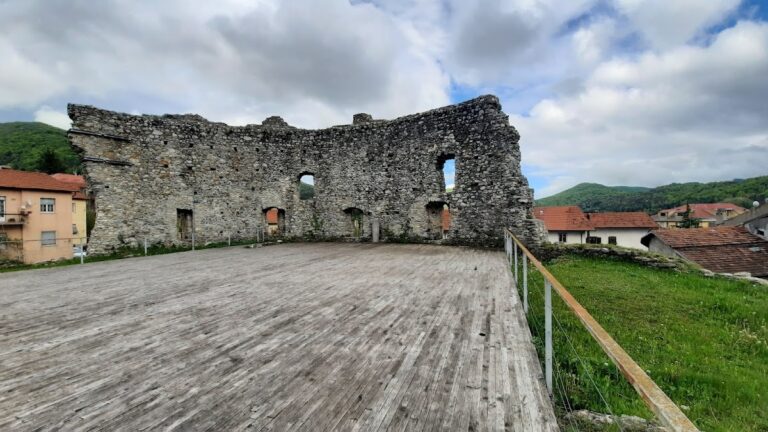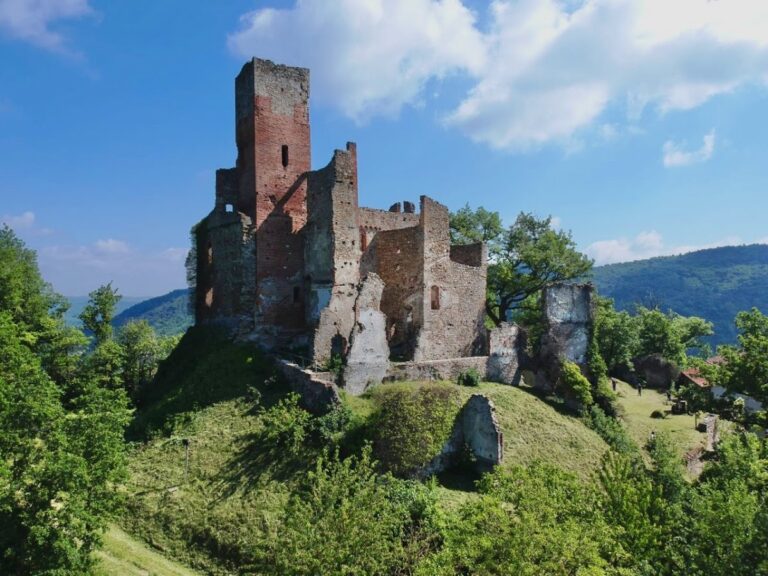Castello di Spotorno: A Medieval Fortress in Italy
Visitor Information
Google Rating: 3.5
Popularity: Low
Google Maps: View on Google Maps
Country: Italy
Civilization: Medieval European
Remains: Military
History
The Castello di Spotorno is situated in the municipality of Spotorno, Italy. It originated as a defensive fortress constructed by the local feudal authorities during the Middle Ages, specifically under the influence of the bishops of Savona, who controlled the area in the late 12th century.
By 1180, the castle was already recorded among the properties held by the diocese of Savona, indicating its establishment before or around that time. Its strategic position on a hill north of the present town center underscores its role in regional defense and control during a period marked by feudal jurisdiction and territorial disputes.
In the early 13th century, the original structure was demolished but subsequently rebuilt in 1218. Less than a decade later, in 1227, it faced destruction once more. This violent event was carried out by the allied populations of Noli and Segno, who supported the maritime republic of Genoa, signaling the conflictual dynamics within Liguria during that era.
The castle was reconstructed again between the 14th and 16th centuries, adopting a quadrilateral design that reflected evolving military architecture. In 1333, control of the castle passed to the Municipality of Savona, signifying its integration into municipal administration. Ownership shifted in the latter half of the 16th century to the De Loterio family, who maintained possession until the First World War.
Since 1933, the Castello di Spotorno has been under the protection of the Superintendence for Architectural Heritage, highlighting its recognized cultural value despite its current ruined state.
Remains
The remains of Castello di Spotorno reveal a fortress laid out in a quadrangular plan, a rectangular arrangement typical of medieval military structures between the 14th and 16th centuries. This four-sided formation took advantage of the natural elevation offered by the hill north of Spotorno’s center, providing a vantage point overseeing the surrounding territory.
Though detailed architectural elements such as gates, decorative carvings, or inscriptions are not recorded, the ruins retain the foundational footprint indicating the castle’s once-imposing shape. The construction materials and specific building techniques remain undocumented, and no archaeological discoveries of artifacts like tools or pottery have been noted at the site.
Today, the castle exists in a ruinous condition. Its walls and structural outlines survive only in fragments, without restoration that might reveal finer details or features. Despite the scarcity of preserved physical evidence, the location remains a testament to its layered history marked by repeated destruction and rebuilding over several centuries.







